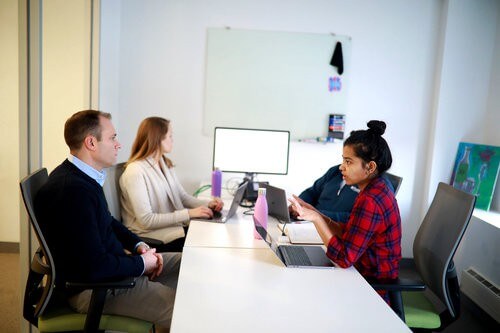 Tabletop exercises … somehow, they are both one of the most fun things that we get to do as business continuity and risk management practitioners and also one of the worst. It is always fun to get together and work on a hypothetical challenge, but writing an effective scenario isn’t easy. It takes a great deal of research, coordination, and effort to successfully test your organization. Here are some things you can do to improve your tabletop exercises to prepare for potential impacts.
Tabletop exercises … somehow, they are both one of the most fun things that we get to do as business continuity and risk management practitioners and also one of the worst. It is always fun to get together and work on a hypothetical challenge, but writing an effective scenario isn’t easy. It takes a great deal of research, coordination, and effort to successfully test your organization. Here are some things you can do to improve your tabletop exercises to prepare for potential impacts.
Make it as Real as Possible
Oftentimes, people go in the opposite direction in the interest of making an hours-long event more “fun” for the participants.
Zombie apocalypse, anyone?
While those are exciting and do have their own benefits, I would argue that it’s actually much more engaging if you inject real-world surprises into your time.
For example, I worked on a crisis communications simulation exercise once where we asked the vice president’s admin what would really throw her boss. She said, “If she got a call that her daughter was sick at school.” So, we worked with that same admin to reach out to the vice president’s husband and get him to agree to call her cell during the event and tell her that the daughter was sick and he couldn’t go to pick her up.
Crises and incidents are stressful, which practitioners must also be prepared for. During the same exercise, we used actual reporter’s names and assigned people to continuously call the media team asking for quotes. The result? When we told one participant that she needed to get ready to prep the CEO to go on CNN, we had to quickly follow it up with the direction to “breathe – he isn’t really about to walk in.” By injecting lots of subtle details, we made the exercise feel just that real.
Separate Your Staff and Share Information Realistically
Most of the time, exercises are run out of one big room with large teams of people crowded around tables hearing the same information. For most of us, that’s not how the real world works – we use the phone and internet to interact during actual crisis events. Why do we exercise en masse? We have found that it is often much more effective to either separate your teams into different rooms or let people participate from their desks. Not only do you more closely simulate using real-world communication channels, but it also allows you to give information to one person or a small group and let them decide if and how they wish to share it – information is received and disseminated much more realistically overall.
Use Your Normal Processes
The best way to ensure that you are truly prepared for a crisis is to exercise using the same capabilities available to you during a real event. Participants should utilize their normal systems, tools, processes, etc. If you don’t typically work in static documents, don’t do it for the exercise. This will help you practice for real-life situations, build muscle memory, and track analytics for when every detail counts. And as an added benefit, you will probably discover new ways to improve your processes, bringing added value to your program every day of the year.
These are just a few ideas for making your exercise more engaging and realistic, bringing value to your organization that will pay off when the real world comes to call. Learn more about how to prepare for crises and incidents with the right software.





